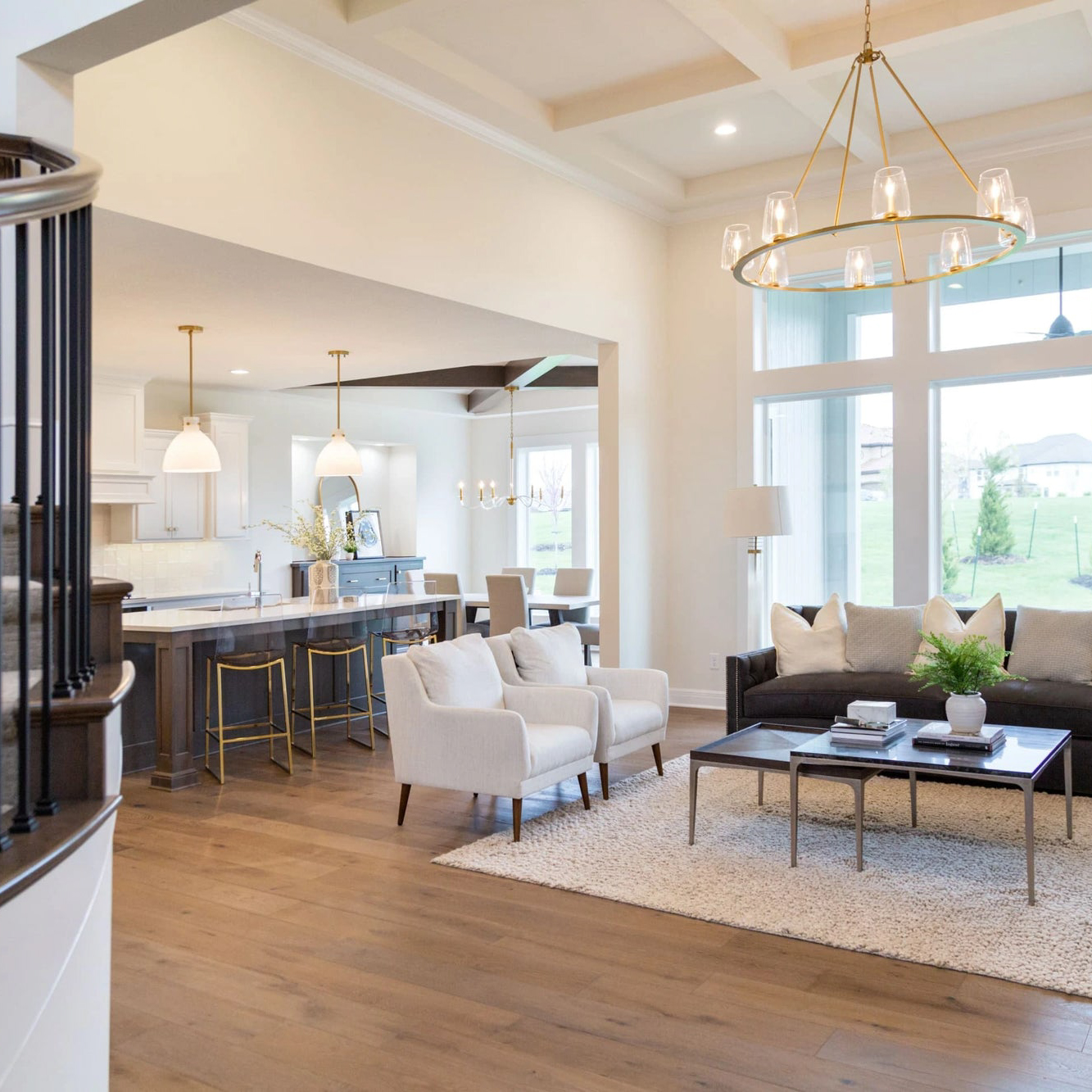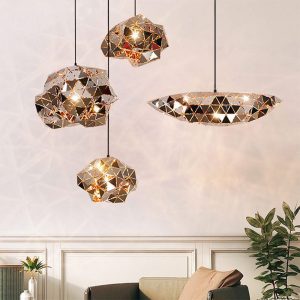
Enhancing the Beauty of Artwork: Exploring the Importance of Wall Lights for Paintings
Introduction
Artwork is one of the best ways to express creativity and imagination. It has the power to touch the soul, evoke emotions, and inspire people. Whether it’s a masterpiece or a simple painting, it deserves to be showcased in the best possible way. Wall lights are one of the most popular ways to highlight the beauty of paintings. In this article, we will explore the importance of wall lights and how they can enhance the beauty of artwork.
Why Wall Lights are Important for Paintings
A painting is not just a piece of artwork; it’s a story that an artist has tried to convey through colors and brush strokes. Wall lights play an important role in highlighting the colors and details of the painting. They help to create a dramatic effect that draws the viewer’s attention to the painting. Without proper lighting, the painting can seem dull and lifeless, and the artist’s efforts can go unnoticed.
Types of Wall Lights
There are different types of wall lights that can be used to enhance paintings. Some of these are:
Picture Lights
Picture lights are the most popular type of wall lights used for paintings. They are mounted right above the artwork and direct light downwards to highlight the painting. They come in various sizes, shapes, and styles, and can be placed on the wall or ceiling.
Spotlights
Spotlights are another type of wall lights that can be used for paintings. They are brighter than picture lights and create a more dramatic effect. They are ideal for large paintings or for creating a focal point in a room.
Floodlights
Floodlights are used to illuminate large areas, and they are great for highlighting multiple paintings at once. They can be used for an entire wall of paintings or a gallery.
Placement of Wall Lights
The placement of wall lights is crucial in enhancing the beauty of paintings. Here are some tips for proper placement:
Distance from the Wall
The distance between the painting and the wall light should be about two-thirds the width of the painting. This ensures that the light is directed on the painting and not the wall.
Height of the Light
The height of the light should be such that the top of the frame is illuminated. This creates a balanced effect and draws the viewer’s attention to the painting.
Angle of the Light
The angle of the light should be such that it directs the light downwards on the painting. This creates a shadow effect that highlights the texture of the painting.


